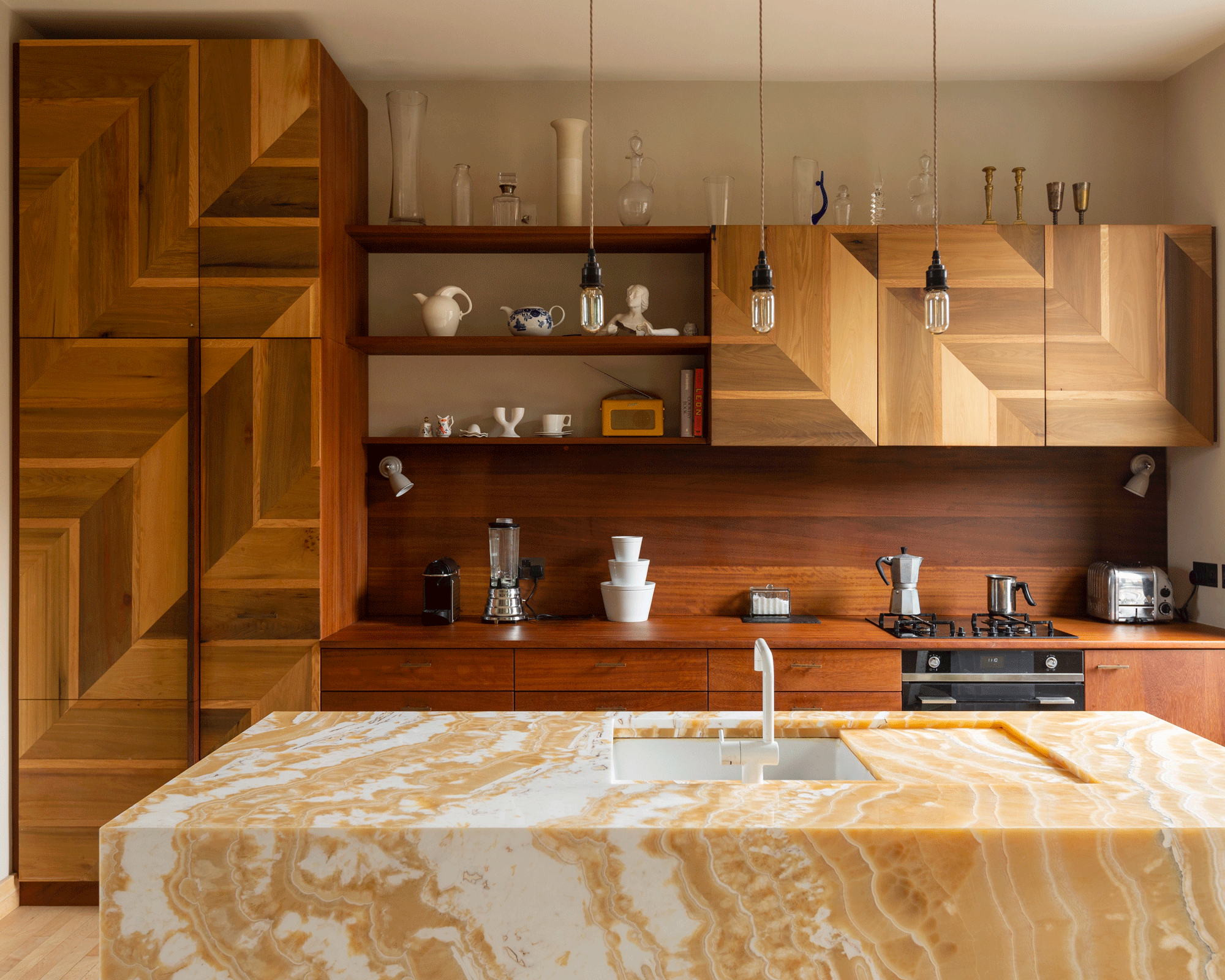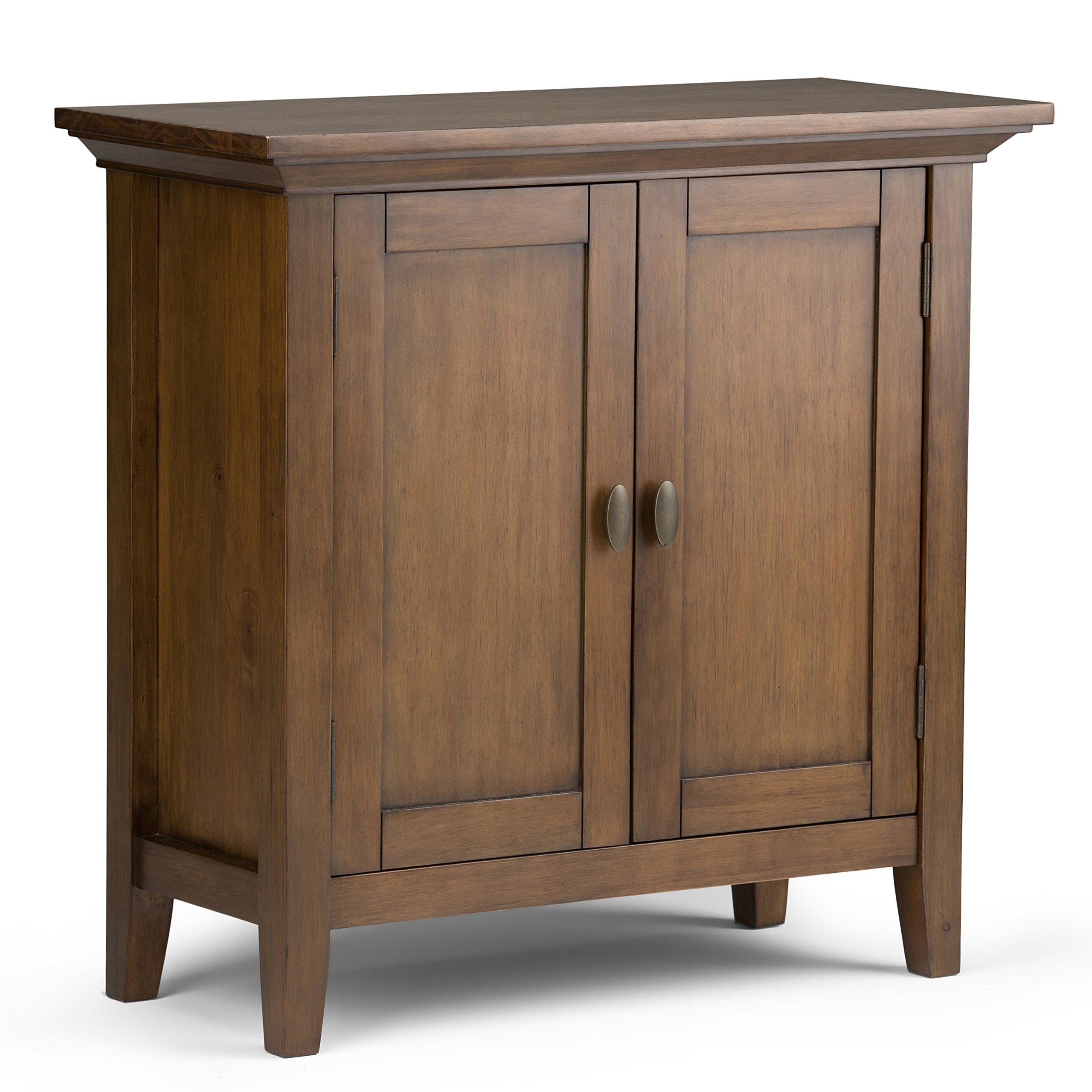Types of Wood Panels for Cabinets

Choosing the right wood for your kitchen cabinets is a crucial decision, impacting both the aesthetic and functional aspects of your space for years to come. The selection process involves considering factors like grain patterns, durability, cost, and the overall style of your kitchen. Different woods offer unique characteristics, leading to a wide array of possibilities for creating a personalized and beautiful kitchen.
Wood Types, Grain Patterns, Durability, and Cost
The following table summarizes the characteristics of some popular wood choices for cabinet panels. Remember that the cost can vary significantly based on factors such as the grade of the wood and the region.
| Wood Type | Grain Pattern | Durability | Cost |
|---|---|---|---|
| Oak | Prominent, often open grain; variations exist depending on the type of oak (e.g., red oak, white oak) | Very durable; resistant to scratches and dents | Medium to High |
| Maple | Fine, tight grain; often uniform in appearance | Hard and durable; less prone to dents than softer woods | Medium to High |
| Cherry | Medium grain; exhibits rich color variations that deepen with age | Moderately durable; susceptible to scratches if not properly finished | High |
| Birch | Fine, even grain; similar in hardness to maple | Durable and strong; takes stain well | Medium |
| Pine | Prominent grain; often features knots | Less durable than hardwoods; prone to dents and scratches | Low to Medium |
Aesthetic Appeal of Different Wood Panel Finishes
The finish significantly impacts the overall look of the cabinets. A stained finish emphasizes the natural wood grain and color variations, creating a warm and traditional feel. Imagine a cherry wood cabinet, richly stained to enhance its reddish hues, in a classic kitchen setting. Conversely, a painted finish offers a clean, modern look, allowing for a wide range of colors and styles. A crisp white painted finish on maple cabinets can brighten a small kitchen, providing a contemporary and airy feel. A natural finish, showcasing the wood’s inherent beauty with minimal alteration, provides a rustic and understated elegance. Picture sleek, light-colored oak cabinets with a natural finish in a minimalist kitchen design.
Suitability of Wood Panels for Different Kitchen Styles
The choice of wood and finish should complement the overall kitchen style. For example, traditional kitchens often feature rich, dark-stained hardwoods like cherry or oak, possibly with ornate detailing. A rustic kitchen might incorporate knotty pine cabinets with a distressed finish, emphasizing a weathered and natural aesthetic. Modern kitchens often favor clean lines and simple designs, with lighter woods like maple or birch, often finished with a sleek, painted finish or a clear coat to highlight the grain’s subtle elegance. A contemporary kitchen might showcase minimalist cabinetry made of a dark-stained wood like walnut, accentuating the clean lines and geometric forms of the overall design.
Installation and Maintenance of Wood Panel Cabinets

The heart of any kitchen, or indeed any room where storage is paramount, lies in its cabinetry. The careful installation of wood panel cabinets is crucial, not only for their aesthetic appeal but also for their longevity and functionality. Proper installation ensures a seamless fit, prevents future issues, and maximizes the life of your investment. Equally important is consistent maintenance, which safeguards the beauty and structural integrity of your cabinets for years to come.
Cabinet Installation Steps
Careful planning and methodical execution are key to a successful cabinet installation. Rushing the process can lead to misalignments, damage, and ultimately, frustration. The steps below Artikel a typical installation, but specific requirements may vary depending on the cabinet design and your home’s structure.
- Preparation: This initial phase involves measuring the space meticulously, confirming wall studs for secure mounting, and gathering all necessary tools and materials. Tools include a stud finder, level, measuring tape, pencil, drill, screwdriver (both Phillips and flathead), and safety glasses. Materials include cabinet mounting hardware (screws, anchors if necessary), shims, and possibly wood filler.
- Fitting: This stage focuses on precisely positioning and securing the cabinets. Begin by installing base cabinets, ensuring levelness and alignment using shims. Wall cabinets are then installed, often using a combination of screws and wall anchors. Careful consideration should be given to the spacing between cabinets and the overall alignment of the entire unit.
- Finishing: The final step involves completing the installation by adding any necessary trim, adjusting door and drawer alignment, and cleaning up any debris. This includes filling any gaps or imperfections with wood filler, sanding smooth, and applying a matching finish to blend seamlessly with the existing cabinets.
Common Installation Problems and Solutions
Even with careful planning, unforeseen challenges can arise during cabinet installation. Being prepared for these common issues can save time and prevent costly mistakes.
- Uneven Walls: Shims are invaluable for compensating for uneven walls. Use them strategically to ensure cabinets are level and plumb. For significant wall irregularities, consider using furring strips to create a level surface for mounting.
- Misaligned Cabinets: Double-check measurements and use a level throughout the installation process. Minor misalignments can often be corrected with shims; major discrepancies may require removing and repositioning the cabinet.
- Incorrect Hardware: Always verify that you have the correct mounting hardware for your cabinets and wall type. Using inappropriate screws or anchors can lead to instability and damage.
Wood Panel Cabinet Maintenance
Regular maintenance is vital for preserving the beauty and functionality of your wood panel cabinets. A proactive approach can prevent minor issues from escalating into major problems.
- Cleaning: Regular dusting and wiping with a damp cloth is sufficient for everyday cleaning. Avoid harsh chemicals and abrasive cleaners, which can damage the finish. For stubborn stains, use a mild soap solution and a soft sponge.
- Polishing: Periodically apply a wood polish or furniture wax to protect the finish and enhance its luster. Follow the manufacturer’s instructions for application and allow sufficient drying time.
- Repair of Minor Damage: Small scratches and dents can often be repaired using wood filler and touch-up paint. For more significant damage, it’s best to consult a professional.
Maintenance Schedule
| Task | Frequency |
|---|---|
| Dusting | Weekly |
| Wiping with damp cloth | Weekly |
| Polishing | Quarterly |
| Inspection for damage | Annually |
Design Considerations for Wood Panel Cabinets

The careful consideration of design elements is crucial in achieving both aesthetically pleasing and highly functional wood panel cabinets. The right combination of wood type, finish, and design features can transform a kitchen or bathroom, adding value and character to the space. This section explores three distinct cabinet designs and offers practical tips for maximizing storage and functionality.
Three Distinct Cabinet Designs, Wood panels for cabinets
Three distinct cabinet designs, each showcasing a unique blend of wood type, finish, and overall aesthetic, are presented below. These examples demonstrate the versatility of wood panel cabinets in diverse design settings.
Wood panels for cabinets – Design 1: Rustic Farmhouse Charm
This design employs reclaimed pine wood panels, showcasing their natural imperfections and variations in color. The finish is a lightly distressed, matte varnish, highlighting the wood’s grain and texture. The cabinet doors feature a simple Shaker style, with clean lines and minimal ornamentation. Brass hardware complements the rustic aesthetic, adding warmth and character. The overall effect is one of cozy, lived-in elegance, perfectly suited for a farmhouse or cottage-style kitchen. The visible wood grain and subtle imperfections contribute to a feeling of authenticity and timelessness.
Design 2: Modern Minimalist Elegance
This design utilizes smooth, lacquered maple wood panels. The high-gloss finish creates a sleek, modern look, while the light color of the maple brightens the space. The cabinet doors are frameless, with clean, minimalist lines. Sleek, brushed nickel hardware adds a touch of sophistication. The overall aesthetic is clean, uncluttered, and contemporary, suitable for a modern or minimalist kitchen. The absence of ornamentation emphasizes the beauty of the wood’s natural grain and the precision of the cabinetry.
Design 3: Traditional Craftsmanship
This design showcases rich, dark cherry wood panels with a high-gloss, polished finish. The cabinet doors feature intricate raised panel detailing, showcasing traditional woodworking techniques. Antique brass hardware complements the richness of the wood, adding a touch of old-world charm. The overall effect is one of classic elegance and timeless sophistication, suitable for a formal or traditional setting. The detailed craftsmanship and luxurious finish create a sense of opulence and enduring quality.
Maximizing Storage Space and Functionality
Careful planning can significantly improve the storage capacity and usability of wood panel cabinets. The following table provides practical tips for achieving optimal functionality.
| Tip | Description |
|---|---|
| Utilize Corner Cabinets Efficiently | Employ corner solutions like lazy Susans or pull-out shelves to maximize accessibility and storage in often-underutilized corner spaces. |
| Incorporate Adjustable Shelves | Adjustable shelves allow for customization based on the size and shape of stored items, optimizing space utilization for various needs. |
| Maximize Vertical Space | Utilize tall cabinets to their full height, incorporating pull-out drawers or shelves to access items easily at the top. |
| Consider Drawer Dividers | Drawer dividers help organize utensils, cutlery, and other small items, preventing clutter and maximizing space within drawers. |
| Integrate Specialized Storage | Incorporate specialized storage solutions such as spice racks, cutlery trays, or pull-out pantries to optimize storage for specific items. |
